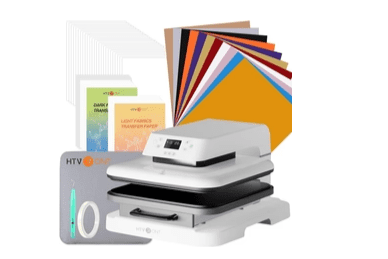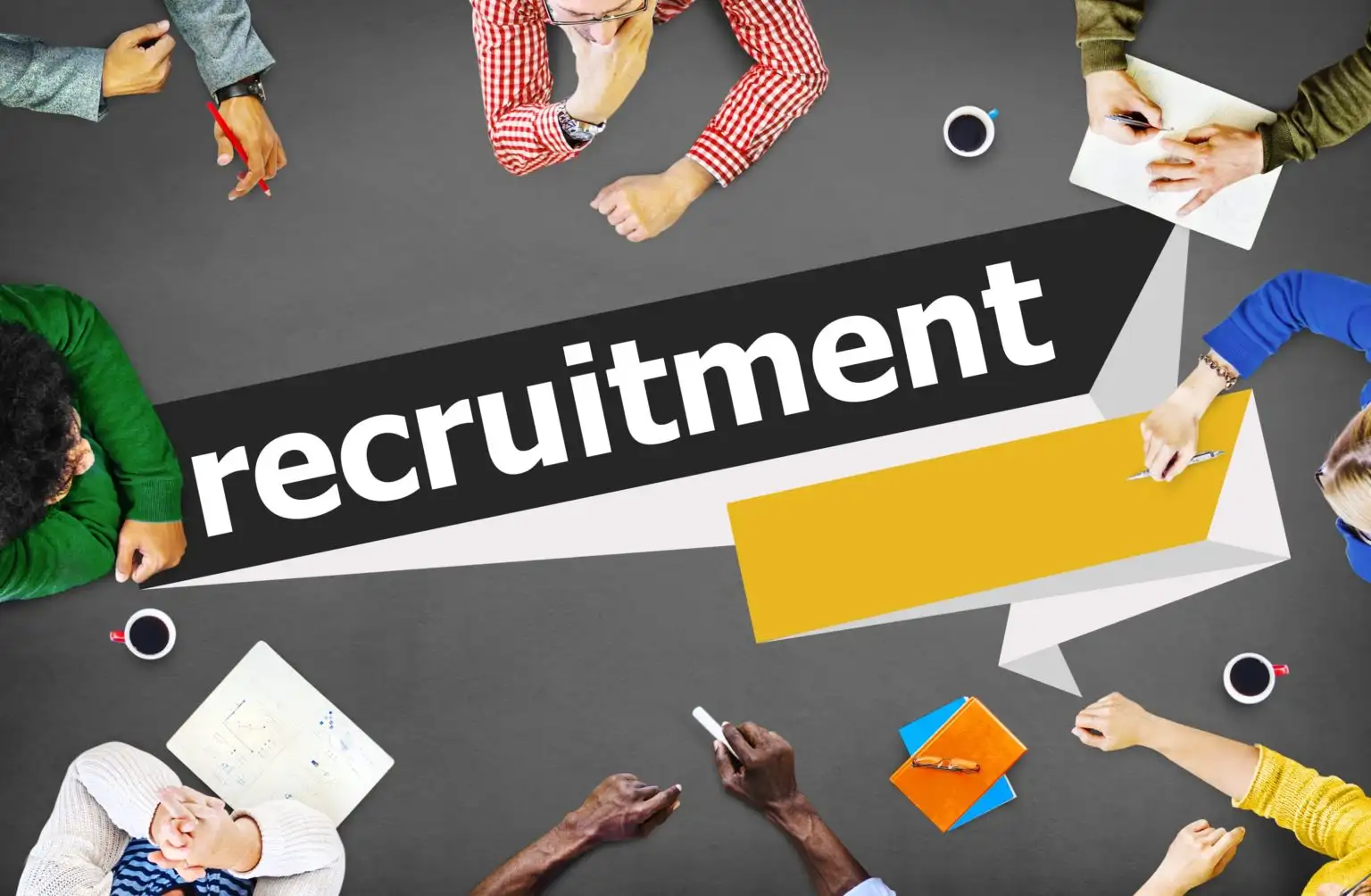You’ve put in the work to plan a business event—lined up great speakers, booked a solid venue (or set up a seamless virtual experience), and fine-tuned your agenda. Now, the big question: Who’s going to show up?
A packed room sounds great in theory, but if it’s filled with people who have no real interest in your industry or don’t have the right connections, the event won’t deliver much value. The real goal is getting the right people to attend—decision-makers, industry experts, potential clients, and professionals who will contribute to meaningful discussions and long-term relationships.
Targeted promotion makes all the difference. Instead of blasting invitations to a broad audience, focus on the platforms and strategies that will put your event in front of the right people. With a thoughtful approach, you can create an event that sparks real conversations, builds new connections, and generates the kind of buzz that keeps people coming back year after year.
Why Targeted Promotion Matters for Successful Events
A big turnout might look impressive, but numbers alone don’t equal success. If the wrong people attend, networking feels forced, conversations fall flat, and the overall experience can feel like a waste of time—for you and for them. A focused promotional strategy ensures that every seat is filled by someone who actually belongs there. That typically requires some groundwork beforehand, says Indeed event planning expert Jennifer Herrity.
“Some target audiences may take more effort to figure out. If you are hosting a workshop, for example, you may need to research who might be interested in attending,” Herrity says.
When your audience is well-matched to the event’s purpose, engagement skyrockets. Attendees are more likely to ask thoughtful questions, contribute to discussions, and make meaningful connections. This creates a dynamic environment where people leave feeling like they gained something valuable—insights, contacts, or new business opportunities.
A more targeted approach also maximizes your event’s ROI — an important consideration when you’re spending $50 to $70 per person. Whether you’re hosting a conference, a panel discussion, or a networking event, there are costs involved. If your attendees aren’t aligned with your business goals, you’re essentially spending money to host a gathering that won’t move the needle. But when the right people are in the room, the potential for partnerships, sales, or industry influence makes the investment worthwhile.
Beyond the immediate event, a well-matched audience lays the groundwork for future success. If attendees have a great experience, they’ll be more likely to come back next time—and bring others with them. Word-of-mouth from people who found real value in your event is one of the most effective ways to grow your audience organically.
Best Platforms to Promote Your Event
Not all marketing channels are created equal. You need to reach people where they actually spend their time, and that depends on your industry and the type of event you’re hosting. Instead of taking a scattershot approach, focus on platforms that attract your ideal audience.
LinkedIn is one of the best places to promote professional events. Setting up a LinkedIn Event allows you to invite industry connections directly, and sponsored posts can expand your reach. Engaging with LinkedIn Groups in your industry is another way to build interest—just be sure to contribute to discussions rather than simply dropping a promo link. Virtual LinkedIn events, which marketing expert Nathan Vennekens calls a “[great] way for your colleagues to share corporate content with a personal touch,” can also help build buzz.
Industry newsletters and blogs can be goldmines for event promotion. Many trade organizations and niche publications have dedicated email lists with thousands of subscribers who care about your topic. Some offer paid advertising spots, while others may be open to featuring your event if it’s relevant to their audience. Partnering with an industry influencer who runs a popular newsletter can also be a smart move.
Email marketing is still one of the most effective ways to drive attendance. A well-crafted email campaign—targeted to the right people—can make a huge difference. The key is personalization. Instead of blasting out generic invites, segment your list and tailor your message based on industry, past attendance, or level of interest.
Event platforms like Eventbrite and Meetup can help in some cases, especially for broader networking events or industry meetups. While these platforms attract a wide range of attendees, they also allow for targeted discovery, so professionals searching for events in their field can find yours organically.
Leveraging Your Network to Spread the Word
Promotion doesn’t have to rely entirely on ads and email campaigns. Your existing network—partners, speakers, employees, and past attendees—can help spread the word in a way that feels natural and authentic.
Start with your speakers and panelists. They likely have their own followings, whether through LinkedIn, Twitter, or email lists. Make it easy for them to share your event by providing pre-written social posts or graphics. The more they talk about the event, the more credibility it gains.
Sponsors and business partners can also help promote the event. Many are happy to share details with their networks, especially if they have a role in the event. If you’ve secured sponsorships, include a promotional component in the agreement—like featuring the event in their company newsletter or website. Remember that partners are more likely to sponsor events when they see a business case for doing so, says Eventbrite’s Farrah Sun. “The most common reason companies sponsor events is to create sales leads,” Sun says.
Don’t overlook your internal team. Employees often have industry connections that align with your event’s audience. Encourage them to personally invite relevant contacts or share the event on LinkedIn. A personal recommendation can carry more weight than a cold email.
Past attendees are another great resource. If someone attended a previous event and found it valuable, they’re likely to return—and bring a colleague. A simple email reminding them about the upcoming event, possibly with a small incentive for referring others, can be an easy way to boost attendance.
Encouraging Attendees to Share Your Event with Their Network
The best marketing often comes from attendees themselves. When people are genuinely excited about an event, they’ll share it—especially if you make it easy for them to do so.
Providing shareable content can go a long way. Well-designed event graphics, short promo videos, or pre-written LinkedIn posts can encourage attendees to spread the word. If they don’t have to put in extra effort to create a post, they’re much more likely to hit “share.”
Incentives can also drive organic promotion. Offering early-bird discounts — 10% to 20% is typical, according to RainFocus — or VIP perks for referrals can encourage attendees to invite others. Referral codes, exclusive networking opportunities, or early access to event materials can all make participation feel more rewarding.
Social media engagement helps create buzz. Encouraging attendees to use a specific hashtag, tag speakers, or share key takeaways during the event keeps the conversation going. Featuring attendee posts on your company’s social media can also give them extra motivation to engage.
Even after the event, keep the momentum going. A follow-up email with key insights, session recordings, or a post-event survey can encourage attendees to share their experience with their network. If they found value in the event, they’re likely to talk about it—and that kind of organic promotion is priceless.
Getting the right people to attend your business event isn’t just about sending out invites and hoping for the best. A smart, targeted approach ensures that attendees are engaged, interested, and connected to your industry.
By focusing on the right platforms, tapping into your network, and encouraging organic sharing, you can build an event that attracts meaningful connections, valuable discussions, and long-term business growth. Instead of filling seats with just anyone, you’ll create an experience that people genuinely want to be a part of—and that’s what makes an event truly successful.








